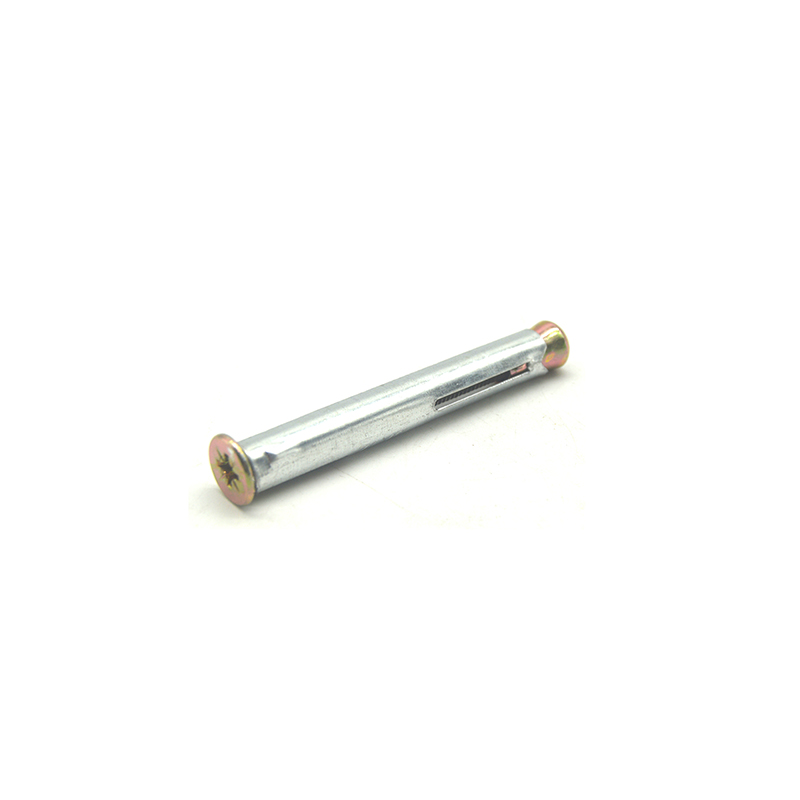- English
- Chinese
- French
- German
- Portuguese
- Spanish
- Russian
- Japanese
- Korean
- Arabic
- Irish
- Greek
- Turkish
- Italian
- Danish
- Romanian
- Indonesian
- Czech
- Afrikaans
- Swedish
- Polish
- Basque
- Catalan
- Esperanto
- Hindi
- Lao
- Albanian
- Amharic
- Armenian
- Azerbaijani
- Belarusian
- Bengali
- Bosnian
- Bulgarian
- Cebuano
- Corsican
- Croatian
- Dutch
- Estonian
- Filipino
- Finnish
- Frisian
- Galician
- Georgian
- Gujarati
- Haitian
- Hausa
- Hawaiian
- Hebrew
- Hmong
- Hungarian
- Icelandic
- Igbo
- Javanese
- Kannada
- Kazakh
- Khmer
- Kurdish
- Kyrgyz
- Latin
- Latvian
- Lithuanian
- Luxembou..
- Macedonian
- Malagasy
- Malay
- Malayalam
- Maltese
- Maori
- Marathi
- Mongolian
- Burmese
- Nepali
- Norwegian
- Pashto
- Persian
- Punjabi
- Serbian
- Sesotho
- Sinhala
- Slovak
- Slovenian
- Somali
- Samoan
- Scots Gaelic
- Shona
- Sindhi
- Sundanese
- Swahili
- Tajik
- Tamil
- Telugu
- Thai
- Ukrainian
- Urdu
- Uzbek
- Vietnamese
- Welsh
- Xhosa
- Yiddish
- Yoruba
- Zulu
- Kinyarwanda
- Tatar
- Oriya
- Turkmen
- Uyghur

zomangira zowomba pawokha
The Real Deal pa Wafer Self Tapping Screws
Zomangira zomangira wafer ndi zambiri kuposa mawu ongopeka pomangika pomanga. Ndiwothandiza, osinthasintha, koma nthawi zambiri samamvetsetsa. Tiyeni tifufuze zenizeni ndi momwe mungagwiritsire ntchito zomangira izi pamapulojekiti anu.
Kumvetsetsa Zosefera Za Wafer Self Tapping
Pankhani ya ma fasteners, ndikofunikira kumvetsetsa zomwe mukuchita nazo. Zomangira zowomba pawokha adapangidwa kuti azimangirira muzinthu popanda kufunikira koboola kale. Zikumveka zosavuta, koma izi nthawi zina zimatha kuyambitsa chisokonezo.
Nthawi zambiri anthu amagwirizanitsa zomangira izi ndi zokonza mwachangu, mwina kunyalanyaza kufunikira kosankha zinthu zoyenera. Mwachitsanzo, kuzigwiritsa ntchito pazida zofewa kumapereka zotsatira zabwino, koma pamalo olimba, mungafune kuwonetsetsa kuti pali torque yokwanira kuti musavulale.
Ndawonapo akatswiri odziwa ntchito akuzigwiritsa ntchito molakwika pazitsulo popanda kuganizira za geji. Chitsogozo chosavuta: fananizani zowononga ndi zinthu zanu, ndipo mudzakhala golide.
Zolakwika Wamba ndi Momwe Mungapewere
Ngakhale m'makampani odziwika ngati Handan Shengtong Fastener Manufacturing Co., LTD, komwe ukatswiri uli wochuluka, misampha wamba ikadalipo. Yakhazikitsidwa mu 2018 ku Handan City, m'chigawo cha Hebei, kampaniyi imamvetsetsa zovuta za zomangira, kuonetsetsa kuti ali bwino pa sitepe iliyonse. Onani malingaliro awo pa https://www.shengtongfastener.com.
Cholakwika chimodzi chodziwika bwino ndikuwonjezera kwa zomangira zowomba pawokha, makamaka pochita ndi zinthu zosalimba ngati mapulasitiki owonda. Izi zitha kuyambitsa ming'alu kapena kulephera kwathunthu kwa zinthu, zomwe palibe amene angafune pa tsiku lomaliza la polojekiti.
Kuti muchite izi, ganizirani kugwiritsa ntchito zida zosinthika za torque. Ndi ndalama zazing'ono zomwe zimadzilipira zokha mukasunga ndalama zokonza ndi zipangizo.
Kufunika Kogwirizanitsa Zinthu
Ngati mukuganiza kugwiritsa ntchito zomangira zowomba pawokha pa polojekiti yanu yotsatira, sitepe yoyamba ndikumvetsetsa kugwirizana kwanu. Kodi mukuchita ndi matabwa, pulasitiki, kapena china chake chovuta kwambiri?
Pantchito ina, tidagwiritsa ntchito zomangira izi pazophatikizika ndikuzindikira pakati kuti ngakhale zomangira zabwino kwambiri zimakhala ndi malire popanda njira yoyenera. Kuwunika koyambirira ndi zidutswa zoyesa kumatha kupulumutsa zovuta zambiri pamzere.
Izi sizikutanthauza kuti zomangira zowomba pawokha ndizochepa. M'malo mwake, amapambana akagwiritsidwa ntchito moyenera. Ili ndi gawo la pempho lawo - ndi mphamvu kwa akatswiri okonzekera.
Kusiyanasiyana kwa Mapangidwe a Wafer Head
Mapangidwe amutu wawafa ndi chimodzi mwazinthu zomwe nthawi zambiri zimanyalanyazidwa. Amapereka malo athyathyathya, otambasuka, opereka katundu wabwino kwambiri. Koma izi zikutanthauza chiyani pa polojekiti yanu?
Mukamagwira ntchito yopanga ma sheet, mwachitsanzo, zomangira izi zimachepetsa mwayi wokoka, yomwe ndi nkhani yofala ndi zomangira zachikhalidwe. Ndiwothandiza makamaka pamapulogalamu opepuka, opereka mphamvu komanso zochenjera.
Ndiye nthawi ina mukakhala munjira yolumikizira, lingalirani kapangidwe ka mutu. Sikuti kungogwirizanitsa zinthu, koma kumangochita bwino komanso mogwira mtima.
Kuphunzira kuchokera ku Zochitika
Zokumana nazo ndiye mphunzitsi wathu wabwino koposa. Pulojekiti iliyonse, cholepheretsa chaching'ono chilichonse, chimaphunzitsa china chatsopano. Ndi zomangira zowomba pawokha, kupendekera kwa kuphunzira kungakhale kokulirapo kwa ena, koma zotulukapo zake kaŵirikaŵiri zimakhala zoyenerera.
M'masiku anga oyambilira, ndidapeputsa maupangiri osawoneka bwino osankha kutalika koyenera, zomwe zimapangitsa kuti pakhale zochulukirapo zochititsa manyazi za hardware. Kumvetsetsa chosoŵa chanu chenicheni—kaya kukuya, chuma, kapena mapeto—kungapulumutse nthaŵi ndi chuma.
Pamapeto pake, cholinga chake ndi kugwira ntchito mwanzeru, osati molimbika. Ndi makampani ngati Handan Shengtong Fastener Manufacturing Co., Ltd. opereka zomangira zabwino, kukwaniritsa cholingachi kukukulirakulira. Osazengereza kufikira gulu lawo kuti mudziwe zambiri - ndi nkhokwe ya chidziwitso.
Zogwirizana mankhwala
Zogwirizana nazo
Kugulitsa kwambiri mankhwala
Zogulitsa kwambiri-
 Chotsani chingwe chowongoka
Chotsani chingwe chowongoka -
 Truss mutu kudzibowolera
Truss mutu kudzibowolera -
 Hexagon Floor Anchor Bolt
Hexagon Floor Anchor Bolt -
 Chitsulo Chokulitsa Chikhalidwe cha American Coring
Chitsulo Chokulitsa Chikhalidwe cha American Coring -
 Bawuti yamutu yamphamvu kwambiri ya hexagon
Bawuti yamutu yamphamvu kwambiri ya hexagon -
 Kudzigunda pamutu kwa bugle
Kudzigunda pamutu kwa bugle -
 Window Frame Expansion Nangula
Window Frame Expansion Nangula -
 Grey chitoliro kukula pulasitiki
Grey chitoliro kukula pulasitiki -
 Full Threaded Stud
Full Threaded Stud -
 Cholumikizira Nut
Cholumikizira Nut -
 Mtundu wa Flange Bolt
Mtundu wa Flange Bolt -
 Mtundu wakuda wa Bolt
Mtundu wakuda wa Bolt
Zogwirizana fufuzani
Kusaka kogwirizana- 10 x 1 zomangira self tapping
- zitsulo zazing'ono zosapanga dzimbiri zodziwombera zokha
- zomangira self tapping kwa chitsulo mtengo
- drywall zomangira ndi nangula
- Zomangira zokha
- m2 x 6mm zomangira pawokha
- Pan mutu kudzigunda
- 2 zomangira zitsulo zosapanga dzimbiri
- zitsulo zosapanga dzimbiri za hex mutu self tapping screws
- 35mm zomangira zomangira za drywall









